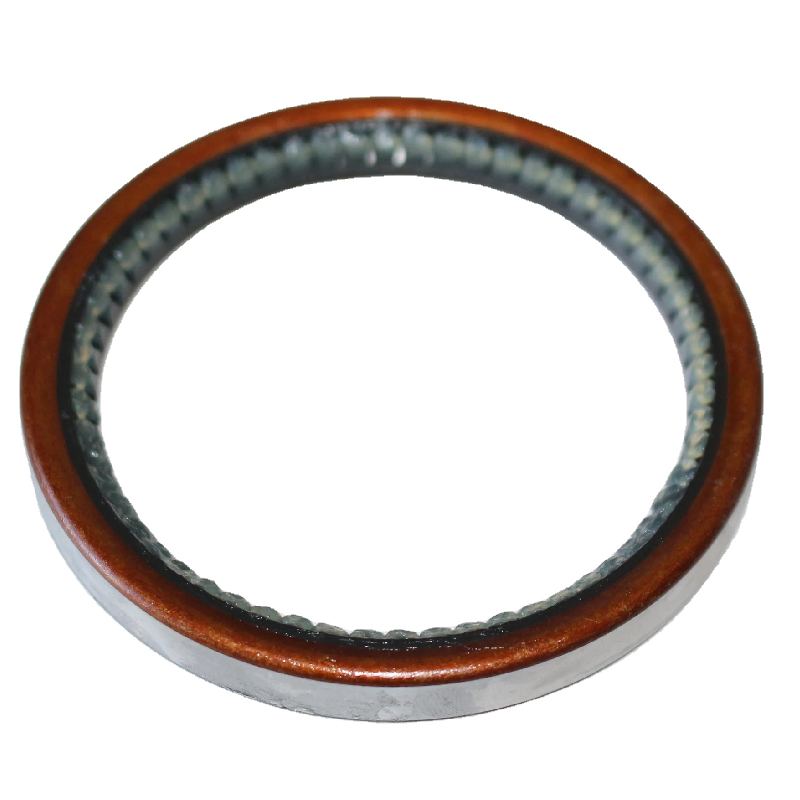front hub oil seal
Understanding Front Hub Oil Seals Importance, Functionality, and Maintenance
Front hub oil seals, often referred to simply as hub seals, play a critical role in the functioning of a vehicle's wheel assembly. Although they may appear to be minor components, they are essential for maintaining the overall health of the vehicle’s drivetrain. In this article, we will explore the significance of front hub oil seals, their functionality, and key maintenance tips to ensure longevity and performance.
The Importance of Front Hub Oil Seals
Front hub oil seals are designed to prevent lubricant leakage from the wheel bearings and keep dirt, dust, and moisture from entering the hub. They are specifically engineered to provide an airtight seal, thus maintaining the optimal viscosity of the grease or oil that lubricates the bearings. A compromised seal can lead to a series of detrimental effects, such as accelerated wear of the bearing surfaces, overheating, and ultimately, bearing failure. Inefficient functioning of the front hub oil seal can diminish vehicle performance and jeopardize safety.
Functionality of Front Hub Oil Seals
The main function of front hub oil seals is to effectively seal the wheel bearings. These seals encompass a metal casing with an elastomeric lip that provides a snug fit against the stationary and rotating components. When the vehicle is in motion, the hub rotates around the axle, creating a need for a reliable seal to contain the lubricant inside. By preventing leakage, the seals ensure that the bearings remain properly lubricated and can function effectively, allowing for smooth wheel rotation and enhancing driving comfort.
Moreover, front hub oil seals act as a barrier against environmental pollutants, such as dirt and moisture
. These contaminants can severely affect the performance of the bearings if they infiltrate the hub assembly. A robust seal prevents such detrimental substances from entering the hub, thereby extending the lifespan of the wheel bearings and enhancing the reliability of the vehicle.Signs of a Failing Front Hub Oil Seal
It is crucial for vehicle owners and mechanics to recognize the signs of a failing front hub oil seal. Some common indicators include
front hub oil seal

1. Grease Leakage If you notice grease on the wheels or around the hub area, it may indicate that the oil seal is damaged or worn. 2. Noisy Wheel Bearings A failing seal can lead to inadequate lubrication of the bearings, resulting in unusual noises during operation, such as grinding or humming sounds. 3. Overheating Wheels Insufficient lubrication can cause the bearings to overheat, which might lead to premature failure and a potential safety hazard.
Maintenance Tips
To ensure the longevity of front hub oil seals and the overall health of the wheel assembly, here are some essential maintenance tips
1. Regular Inspections Periodically check the front hub for signs of grease leakage or damage to the seals. Early detection can prevent more serious issues.
2. Timely Replacement If a seal is found to be failing, it is important to replace it immediately to avoid further damage to the bearings.
3. Quality Parts Always opt for high-quality oil seals that meet or exceed OEM specifications, as inferior products can wear out faster and may not provide a proper seal.
4. Professional Assistance Engage a qualified mechanic for inspections and replacements to ensure that the seals are correctly fitted and maintained.
Conclusion
Front hub oil seals may seem like minor elements of your vehicle’s design, but they are vital for the proper functioning of the wheel assembly. By understanding their importance and maintaining them appropriately, vehicle owners can ensure a smoother and safer driving experience. Regular inspections, timely replacements, and quality maintenance can go a long way in prolonging the efficiency and safety of your vehicle.
-
The Ultimate Guide to Car Repair Kits: Tools and Essentials Every Driver Should Own
News Aug.01,2025
-
The Complete Guide to Oil Pan Gaskets: Sealing Engine Leaks the Right Way
News Aug.01,2025
-
Preventing Oil Leaks: A Complete Guide to Oil Pan Gaskets and Drain Seals
News Aug.01,2025
-
Everything You Need to Know About Oil Pan Gaskets and Drain Plug Seals
News Aug.01,2025
-
Essential for Car Owners: How to Use a Car Repair Kit to Deal with Minor Breakdown
News Aug.01,2025
-
Comprehensive Guide to Engine Oil Sump Gaskets and Related Seals
News Aug.01,2025
-
The Ultimate Guide to Boat Propeller Bearings and Trailer Wheel Bearings
News Jul.31,2025
Products categories















